Days spent: 4 days as part of a tour arranged from Quito (more than 1 day was actually spent traveling).
Days recommended: make sure to be able to spend at least a couple of full days there.
Where we slept: cozy wooden huts/eco lodges in the middle of the jungle, right by the river.
What we ate/drank: as part of the tour we got provided with incredible meals, normally based on appetisers, soups, main courses and desserts, made with a combination of traditional and international ingredients. Unfortunately I never found out the names of the dishes I ate.
How we travelled: we took a night bus with our hostel buddies Lucy and Brendan, from Quito to Lago Agrio, where, after a fast and furious mountain drive, we arrived way earlier than we should have. We took a taxi to the meeting point, just to avoid wandering around in the middle of the night. Since we were too early and the hotel staff was as flexible as a metal bar, we weren’t let in. After few hours spent laying on the pavement observing a girl with a weird cart, selling aloe vera brews and other mysterious potions to a client base of men only, at dawn, we finally made it to the hotel’s restaurant aka the meeting point. Determined not to pay a penny to these f***ers that left us out for hours, we first collapsed on their tables and then grabbed a traditional breakfast at a next-door bar (mine was scrambled eggs with corn and fried plantain). Finally the minivan that was supposed to take us to the Reserva Faunistica Cuyabeno (the wildlife reserve where we would have spent the following days) arrived. After few hours spent driving on a dirty track in the middle of a landscape that was slowly getting wilder and wilder, we made it to the river. There, we had “the pleasure” to make the acquaintance of some of our tour mates, a young and spoilt couple of doctors-wannabe from Switzerland. I very rarely dislike somebody so much after few minutes of conversation, but this girl was probably one of the most annoying and arrogant human being I ever came across. The 2 hours boat trip to the ecolodge was simply stunning and a good preview of what was waiting for us.
Km walked: ehm… 10 km in 4 days. Quite embarrassing.
How the Amazon affected our wallets: the 4 days tour was actually very affordable.
Issues we encountered: Isa and Lucy got literally devoured by mosquitos: no matter how much repellent they put on, and trust me, it was a lot of every imaginable sort, or how long and thick their clothes were, on the last day their legs were completely covered in bites. Me and Brendan had surprisingly none! Also, you will see tarantulas. Plenty. And quite everywhere. I was not bothered but, if you suffer from arachnophobia, maybe keep this in mind. We could have not been luckier with the weather (just had a half hour shower when we arrived on the first evening). However, I guess a rainy weather would have made the whole experience quite depressing. Not that you can really plan ahead about it…
Would we recommend it? The Amazon basin was, of course, on our South America to do list. However, which one was the best point of access? Bolivia was in everybody’s opinion still too rough and not so well structured, Peru’s journey to Iquitos and the following days on a boat, would have meant easily investing more than a week in a monsoon like weather (we found ourselves there exactly in the middle of the raining season) and Colombia’s Amazon rainforest is mainly reachable by quite expensive flights. Ecuador seemed to offer the easiest connection (on top of being quite affordable). What we experienced in Reserva Faunistica Cuyabeno, with its biodiversity, black water rivers and flooded forests and swamps, totally lived up to our expectations and made it straight to our top 10 of South America favourites.
Analogue tips: I made a good use of the luxuriant landscape as the background of quite a few portraits. You will see plenty of animals, but quite from afar, so, if you are a wildlife photography freak, get a zoom lens. ISO wise, be prepared to a bit of everything since, some areas can get quite dark. I mostly shot with 200 ISO film and had decent results. If I could go back I might probably use more films such us the Lomochrome Purple or Turquoise, or also some slide films to cross process (don’t forget that slide film is pretty much impossible to find in South America, and, when you’re lucky enough to bump into it, its price will make you regret not having carried a bigger supply)
What to do: not that you will have to worry about that since the tours are organised with different kinds of activities.
- Sail along the mesmerising maze of rivers while spotting wildlife of every sort. Actually you won’t see things, unless they’re right in front of your eyes, even after your guide will spend minutes describing meticulously where they are! But that’s part of the fun!
- A sunset dip in the flooded lagoon, where all the rivers meet. No matter how often you ask about possible dangers or how conscious you are due to the place you come from (Lucy and the Australian billabongs are an example), everybody will keep on telling you that there’s nothing to worry about. Yes, there are black caimans, piranhas and anacondas, but they dwell at the bottom. At least that’s what we were told. And you have to trust them since the water is black and there’s nothing to be seen right under its surface. Too bad Brendan proved by jumping from our boat and actually touching with his feet the sandy bottom, that the water level was actually not so high… Not to mention when, on our last day, the guides suddenly remembered about an 8 metres long anaconda, spotted exactly where we were happily bathing. If you can look past these tiny details, then the experience is quite enjoyable, and, I’d say, even romantic!
- Make bread from yam and meet the village’s baby tapir. While the former activity was a bit weird and definitely with arguable hygienic standards, especially after Ms-know-it-all from Germany grated half of her hand in our food-to-be, the close encounter with the smelly baby tapir was definitely a highlight. Especially for Brendan since the tapir seemed to find his blonde locks irresistible.
- A daytime trek in the jungle and through muddy swamps, where, apart from serving as mosquitos meal, you will actually come across sloths, birds, insects and some monkeys. You can also take the chance to kick down the annoying English lady of your group while swinging from a liana in Tarzan style and abruptly landing on her. Well done, Brendan!
- Pay a visit to the shaman. Still quite a few indigenous tribes live in the Amazon basin, and, as much as some aspects of their lives have changed due to the exposure to the outside world, many traditions and beliefs are still in force. This doesn’t mean that I believe in the authenticity of the shaman’s meeting, but, at least, it gave some curious insights. Mostly on ayahuasca, a practice used by shamans to get closer to the jungle spirits and by tourists to “clean up their souls and guts” (I really cannot find a better way to definite it). Which is totally absurd to me (the caapi vine brew makes your heart race, hallucinates you and gives you diarrhoea and vomit for a total time of about 6 hours), but apparently not so crazy for many gringos that specifically travel to these areas for weekly retreats. A quite absurd moment happened when, at the end of the gathering, the shaman grabbed a bundle of stinging nettles and asked for volunteers, to prove the relief given by this plant when rubbed on your hands. Mine and Isa’s response was “you must be joking” but the rest of the crew queued in line for the magic to happen. Even after Lucy showed to everybody the urticaria on her hands…
- A nighttime boat “hunt” for caimans and tree boas under a blood moon in a pitch dark sky. We just came across some babies, but guessed the mothers couldn’t be that far…
- Give in to the peaceful vibes of the ecolodge’s hammocks and river dock while soaking up the sun and listening to the mysterious yet comforting noises of the jungle.
- A nighttime, torch in hand, jungle trek to spot insects, frogs and arachnids. After few minutes, seeing tarantulas of the size of your hand doesn’t really impress you anymore since they’re all over. The A4-size moth we saw though was quite dazzling. Isa, who’s not the biggest fan of these creepers, opted for an outfit which exposed her eyes only, however the squeals she produced every time I was moving few metres away from her, made it clear she really didn’t feel that comfortable!
- Try to spot some shy pink dolphins at sunset. It won’t be immediate and you will find yourself thinking that it’s more likely to bump into an unicorn, but, eventually, it will happen and you will feel as happy as a kid on Xmas day. No matter if the dolphins are actually grey and not pink (unless they’re having a sexual intercourse), it’s still an awe-inspiring show.
Things we missed: all the mothers of baby caimans and anacondas. Pfff.
Who deserves a big thank you: the Aussie fabulous Lucy and Brendan. You guys were the best travel buddies we could ask for. From Nicki Minaj’s “Anaconda” performance every time somebody mentioned the infamous snake, to the witty answers to the annoying Swiss girl’s surreal statements. For the deep chats, the less serious ones, the unforgettable (especially for the other people in the group) boat karaoke sessions and for making us feel like we’ve been friends forever. We miss you two loads.
Also Nadja and her friend, for restoring our faith in Swiss mankind (joking!) and for being genuinely adorable.
Canon EOS 300, Fuji Pro 200 (35)
Olympus OM-1, Agfa Scala 200 (35, expired) / Lomochrome Purple 100-400 (35) / Fuji Pro 200 (35)
8-11/02/2017, Reserva Faunistica Cuyabeno (Ecuador)

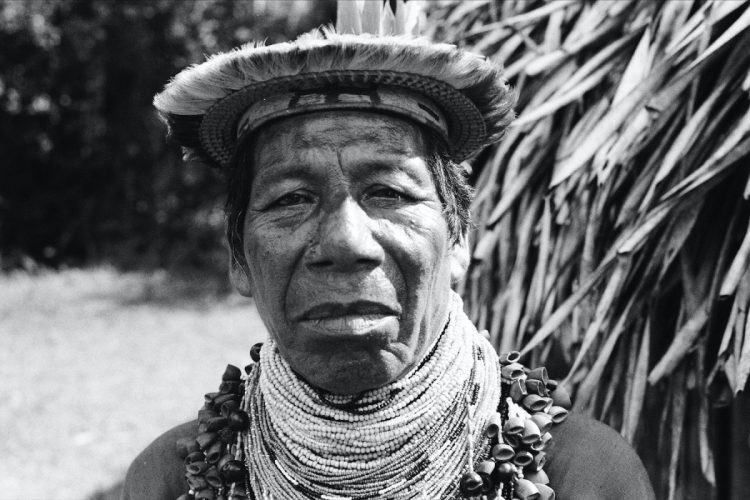

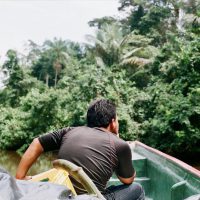
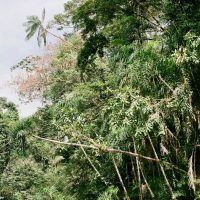
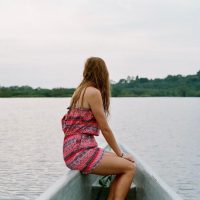


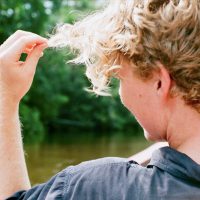
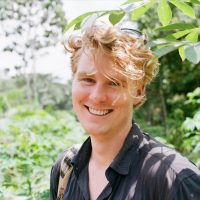

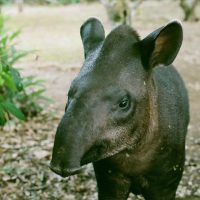
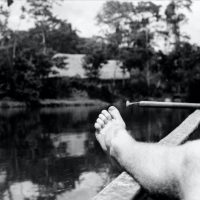

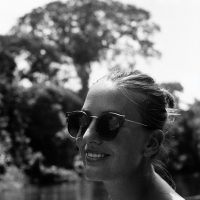

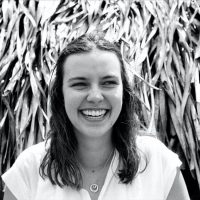
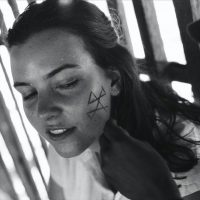
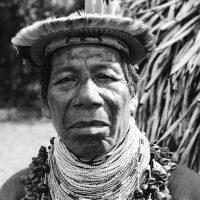
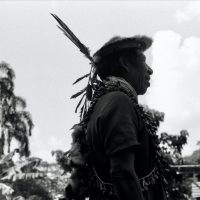



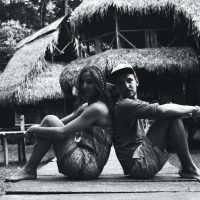
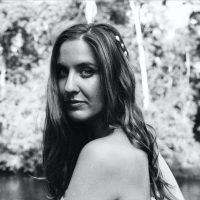
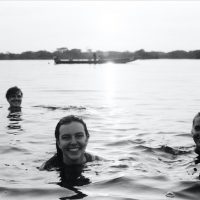

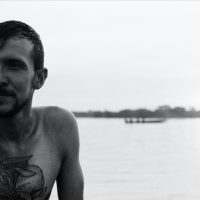


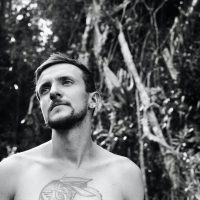

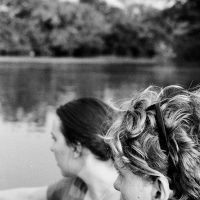


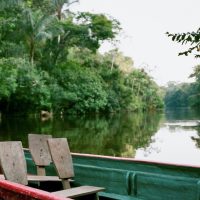
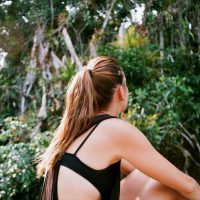
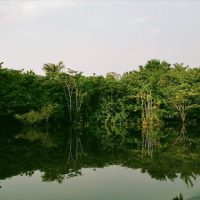



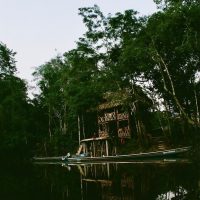
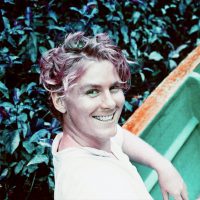

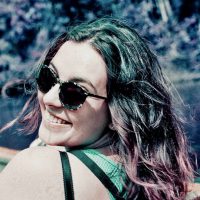

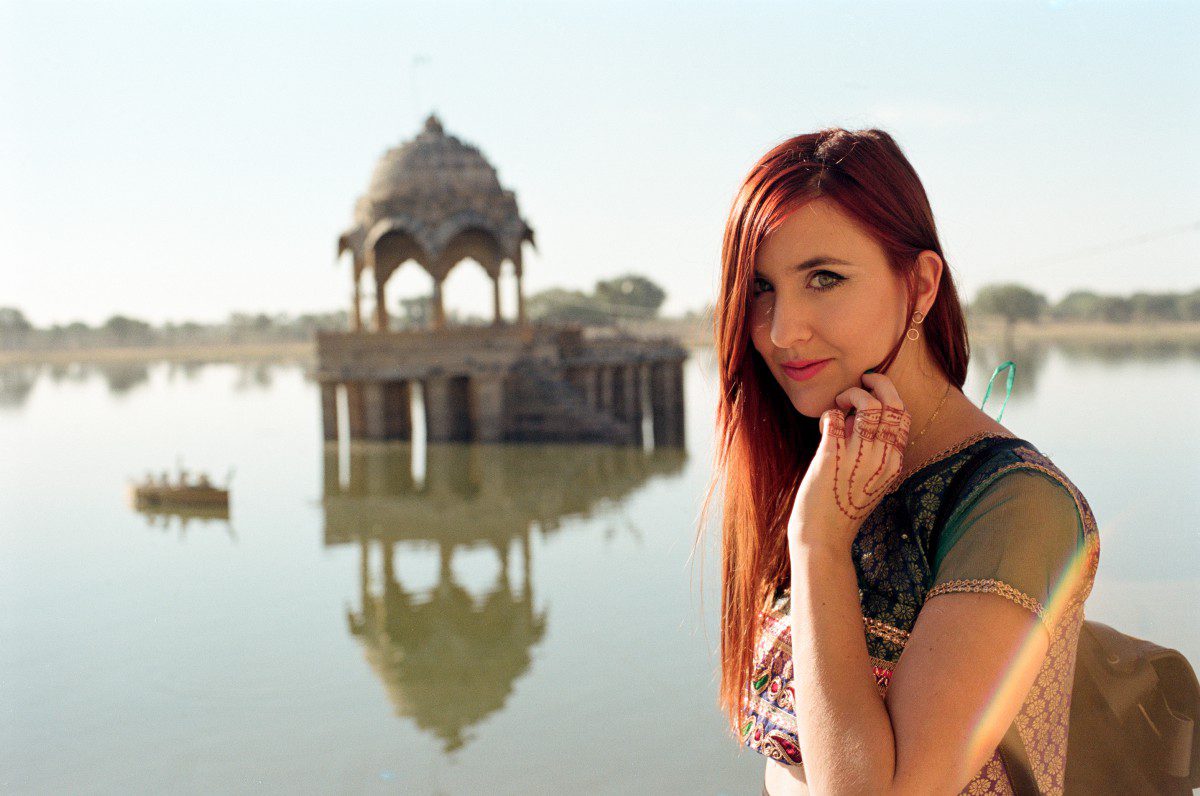
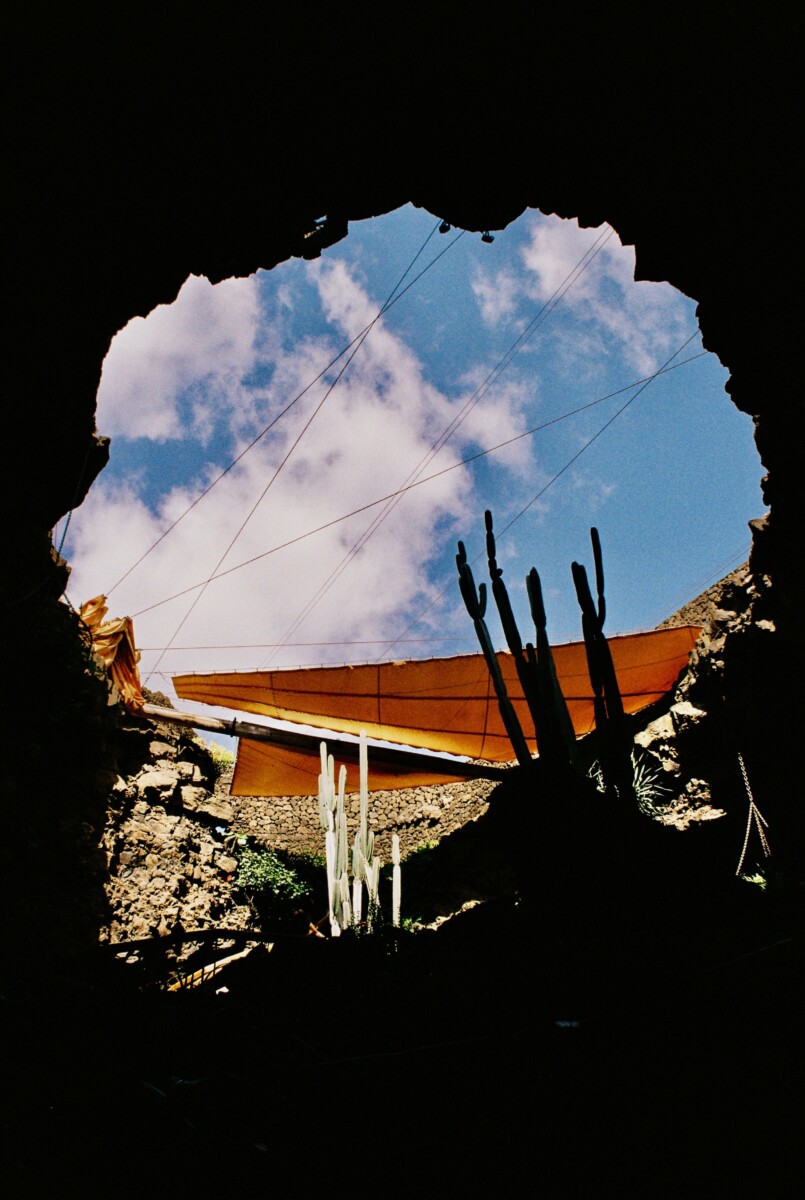
Comments
How could I only read this now?? Haha, you’re hilarious. Loved the description of your lovely swiss..uhm, companions. I can’t stop expressing my gratitude that I was NOT in the same boat as they were more than one time. Although you could hear them love-birds-blarneys all over the jungle ????